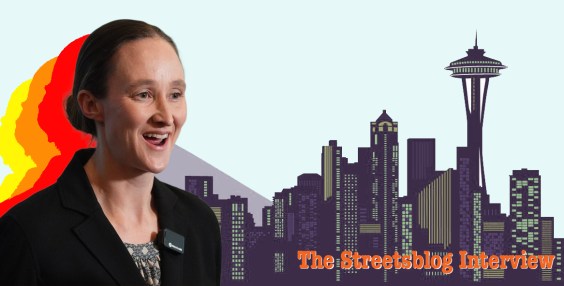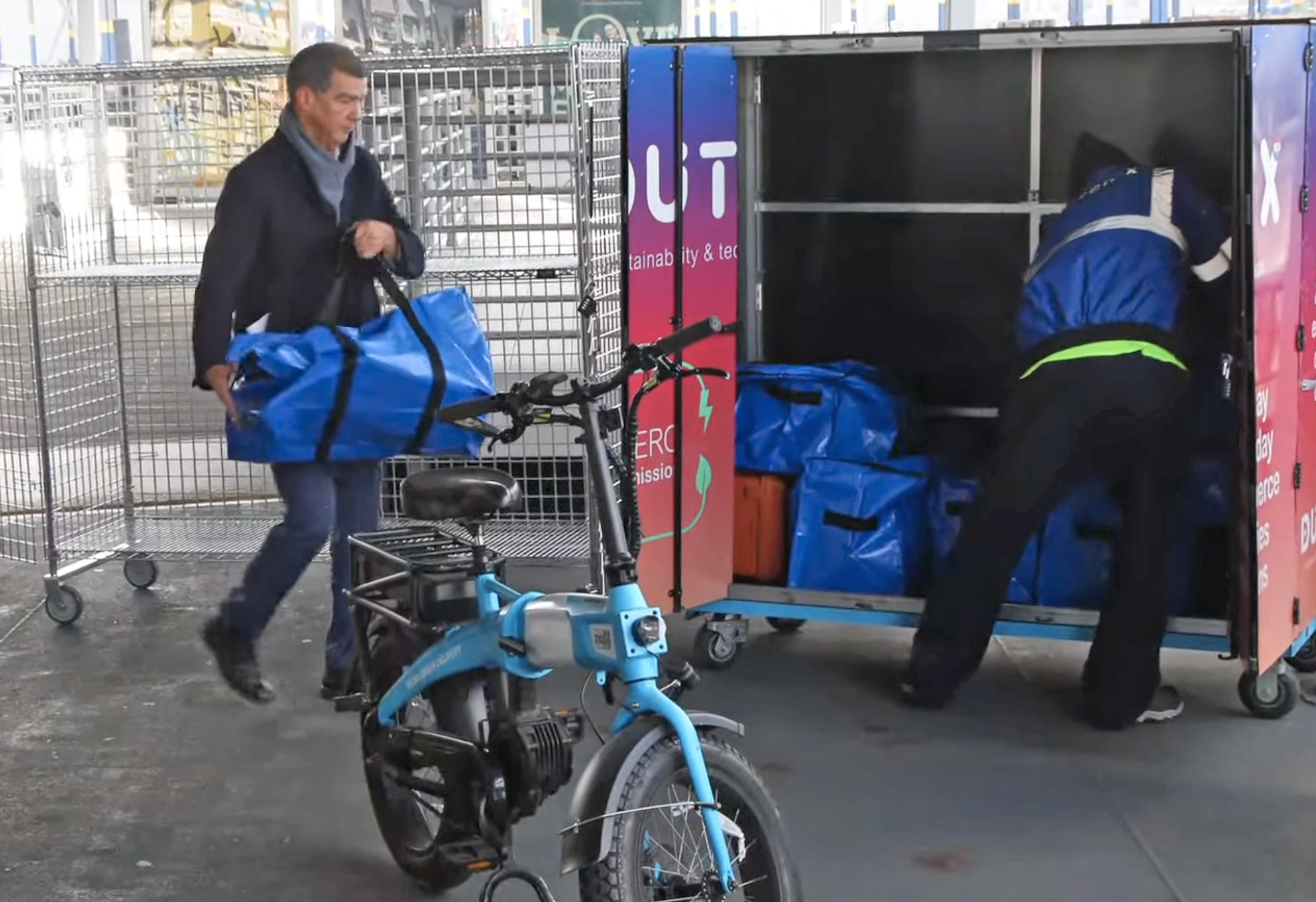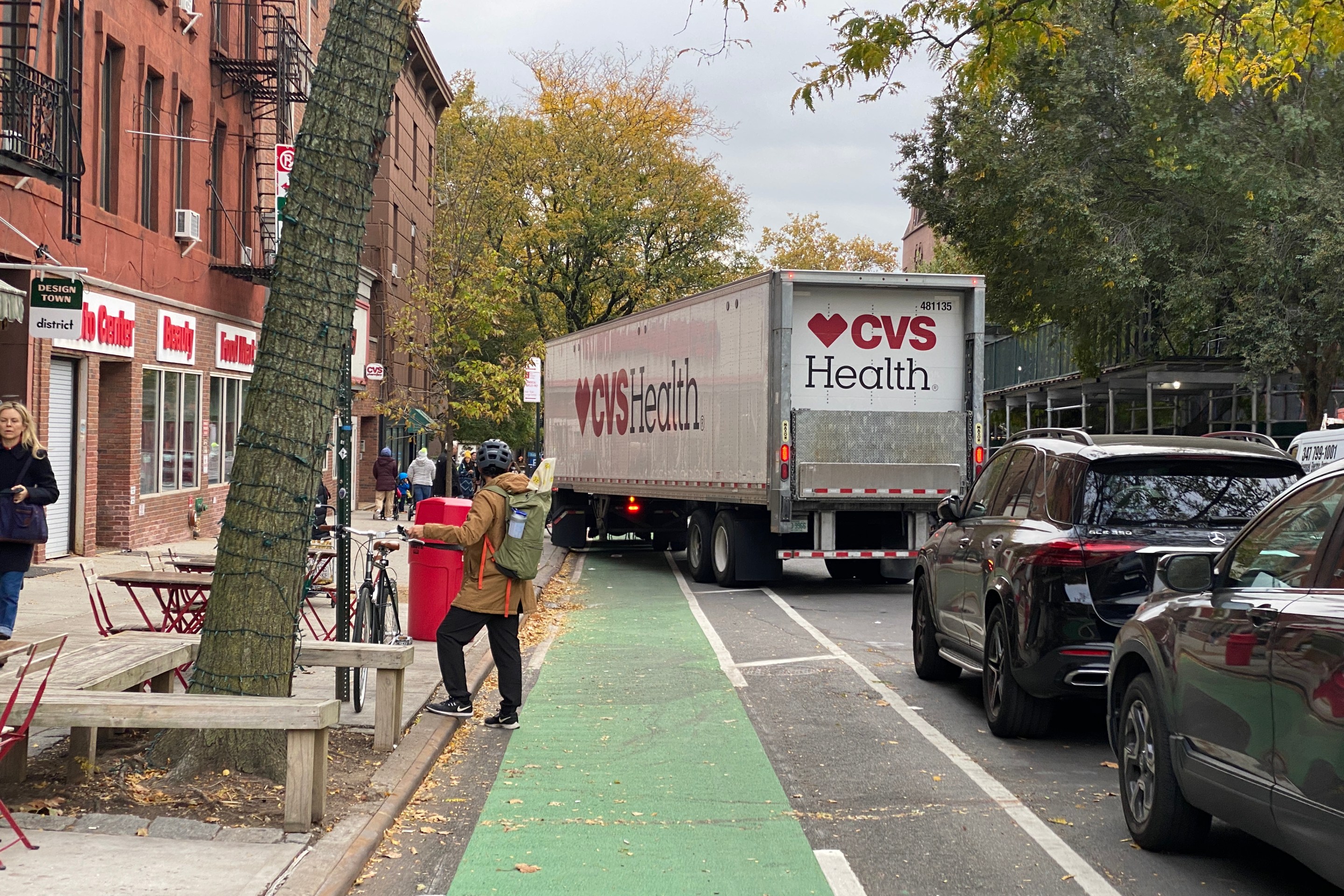The pending trial of alleged 9/11 mastermind Khalid Shaikh Mohammed has thrown lower Manhattan into a tizzy, for good reasons. Foremost, of course, is the dread of revisiting the horrors of that day, mingled with fears of new attacks linked to the trial. But there are also concerns that the NYPD's aggressive countermeasures will impede movement, worsen traffic and suffocate the economy of the area, pockets of which never recovered fully from police-ordered street closures and other 9/11 aftershocks. These concerns could be assuaged by a tough, zero tolerance stance on parking placard abuse by government employees.
Two developments last week brought new attention to the traffic issue. First, Police Commissioner Ray Kelly disclosed the boundaries within which police will spot-check vehicles, restrict delivery times and otherwise impose a massive presence. The "soft perimeter" surrounding Foley Square is bounded by Canal and Frankfort Streets, Bowery and Broadway. (An inner “hard perimeter” will “include 2,000 interlocking metal barriers staffed by uniformed officers,” according to The New York Times.) Second, a proposal floated by Community Board 1 chair Julie Menin to move the trial to Governors Island won the support of new Council Member Margaret Chin and is expected to be formally endorsed by the board this Wednesday.
The soft perimeter appears to include around five-and-a-half linear miles of streets comprising 17 "lane-miles." (These figures exclude Park Row and other streets already taken out of service by the NYPD since 9/11.) Clearly, restricting vehicular travel on these streets will aggravate gridlock, but by how much, and at what “time cost” to travelers? City Hall isn’t saying, of course, but with the help of the Balanced Transportation Analyzer, it’s possible to make a rough estimate.
Assuming that the restrictions take away one-quarter of the carrying capacity of the affected streets (one-half for streets within the inner section), vehicles in the area can expect to spend 2,200 additional hours stuck in traffic each weekday. Scaled to a full year, that translates to $30 million in lost time for motorists, truckers, taxi riders and bus passengers. (Go to the “Cordon” tab of the BTA spreadsheet to view derivation.)
This is a mere drop in the regional bucket, which now loses $13 billion a year to gridlock, according to the Partnership for New York City [PDF]. But locally, where most of that lost time will tick away, the impact could be tangible -- particularly in Chinatown, the epicenter of post-9/11 business closings and a major component of the area targeted by the NYPD.
Yet this new gridlock could be mitigated, and perhaps even offset altogether, if the city took steps to reduce car commuting into lower Manhattan. Using the BTA, I calculate that eliminating 4,000 to 5,000 daily round-trips by car into and out of the area around Foley Square would cut traffic levels in proportion to the travel restrictions. That is, even with street capacity reduced by 25 percent throughout the NYPD's soft perimeter, traffic speeds could be held steady via a 4,000 to 5,000-car reduction in commuting in the vicinity of the trial.
This calculation is extremely preliminary and should be firmed up by a street-level engineering analysis. Nevertheless, it suggests a possible path for averting a potential traffic and economic nightmare for Chinatown and the Civic Center area.
The alternative is to move the trial out of Lower Manhattan altogether, perhaps via the Menin plan. Police Commissioner Kelly appeared open to considering Governors Island as a venue — at least before federal officials warned him off the idea, according to The Times.
If Governors Island is indeed off the table -- and the feds’ arguments should be carefully scrutinized -- Mr. Kelly’s good intentions could still be channeled into a full-frontal assault on placard abuse. Not only would the benefit outlast the upcoming trial. Weeding out free parking in Lower Manhattan would also help “upstream” communities whose streets and roads are clogged with privileged government employees driving to their free parking spots.





